Contents
An Overview of Minnesota Small Game Season Dates, Regulations, and Expert Hunting Tips
Welcome to Minnesota, the state known for its abundant wildlife and exciting hunting opportunities. If you’re a hunting enthusiast, you’re in luck because Minnesota offers a diverse range of small game hunting options. From grouse and pheasant to rabbits and squirrels, there’s something for every hunter in this great state.
The Minnesota small game hunting season is a highly anticipated time for hunters around the region. Each season comes with its own set of regulations to ensure the conservation of wildlife and the safety of hunters. It’s important to familiarize yourself with these regulations before heading out into the field. From bag limits to hunting zone restrictions, being aware of the rules will make your hunting experience safer and more enjoyable.
When it comes to small game hunting in Minnesota, preparation is key. Whether you’re a seasoned hunter or new to the sport, there are a few essential tips that can greatly improve your chances of success. First and foremost, scouting is crucial. Spend time in the field before the season starts to locate areas where the game is abundant. Look for signs such as tracks, droppings, and feathers to determine the presence of small game. Additionally, make sure you have the appropriate gear and equipment for your chosen game species. A good pair of boots, camouflage clothing, and reliable firearms or archery equipment are essential for a successful hunt. Remember to always keep safety in mind and respect the environment and wildlife around you. With the right preparation and a little bit of luck, you can have a memorable small game hunting experience in the beautiful state of Minnesota.
Season Dates
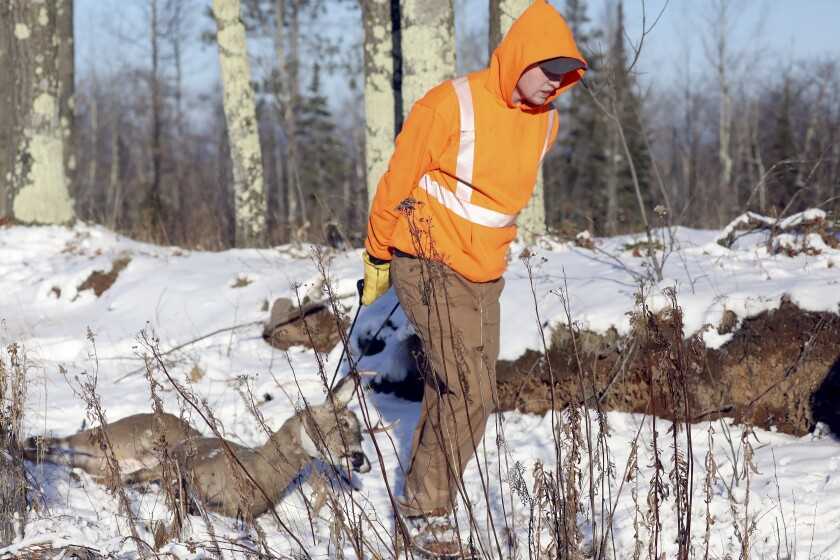
The small game season in Minnesota is a highly anticipated time for hunters. It is divided into different periods, each with its own set of dates and regulations. The season typically starts in September and runs through November, providing ample opportunities for hunting various species of small game.
One of the most popular small game species hunted in Minnesota is the ruffed grouse. The season for ruffed grouse typically begins in mid-September and lasts until the end of the year. This is prime time to hunt these elusive birds, as they are often found in thick cover and provide a challenging pursuit for hunters.
Another species commonly hunted during the small game season is the ring-necked pheasant. The pheasant season typically opens in early October and runs through the end of December. Hunters can pursue these beautiful birds in both public hunting areas and private land, making it a versatile hunting experience.
Other small game species that can be hunted during the season include squirrels, cottontail rabbits, and snowshoe hares. These seasons typically align with the general small game season dates, with some variations in bag limits and specific hunting regulations.
It’s important for small game hunters to familiarize themselves with the specific season dates and regulations for the game species they plan to pursue. This information can be found on the Minnesota Department of Natural Resources website or in the Minnesota Hunting and Trapping Regulations handbook. Adhering to these regulations ensures a safe and successful hunting experience.
Whether you’re a seasoned hunter or new to small game hunting, the Minnesota small game season offers a variety of opportunities to enjoy the outdoors and test your hunting skills. With proper preparation and knowledge of the season dates and regulations, you can make the most out of your hunting experience and bring home some prized game.
Early Season

In Minnesota, the early small game hunting season is a much-anticipated time for hunters. This season typically starts in September and offers opportunities to hunt a variety of small game species.
For many hunters, the early season is all about pursuing small game such as grouse, woodcock, and rabbits. These species are abundant in Minnesota, providing a challenging and exciting hunting experience.
When hunting small game during the early season in MN, it is important to know and follow all regulations. This includes obtaining the necessary hunting licenses and permits, as well as adhering to bag limits and other restrictions.
One of the best tips for early season small game hunting is to scout your hunting area beforehand. This will help you identify the best areas where game is likely to be found. Look for signs such as fresh tracks, droppings, and feeding areas.
Another important tip is to dress appropriately for the early season weather. Minnesota can experience highly variable temperatures during this time, so it is important to layer your clothing and be prepared for changing conditions. Additionally, wearing camouflage clothing can help you blend into your surroundings and increase your chances of success.
A key factor in early season hunting success is being patient and observant. Take your time as you move through the woods, listening for the sounds of game and scanning the area for movement. Small game species are often elusive and can be easily spooked, so moving slowly and quietly is essential.
Finally, it is crucial to practice ethical hunting and safety. Always be sure of your target and what lies beyond it before taking a shot. Respect the land and the animals you are hunting and abide by all hunting regulations to ensure the future of small game hunting in Minnesota.
Overall, the early season in Minnesota provides a unique and exciting opportunity for small game hunters. By following regulations and best hunting practices, you can have a successful and fulfilling hunting experience.
Regular Season
The regular small game season in Minnesota is a time when hunters can pursue a variety of game species. From September 1st to January 31st, hunters can take part in hunting activities for species such as rabbits, squirrels, grouse, and pheasants.
During the regular small game season, hunters must abide by specific regulations set by the Minnesota Department of Natural Resources. These regulations include limits on bag limits, shooting hours, and licensing requirements. It is important for hunters to familiarize themselves with these regulations to ensure they are in compliance while enjoying their hunting experience.
For small game hunters, the regular season is an opportunity to test their skills, practice marksmanship, and enjoy the thrill of the chase. It is important to remember that safety is paramount during the season, and hunters should always wear blaze orange to increase visibility and practice safe firearm handling.
Additionally, it is recommended for hunters to scout potential hunting areas before the season begins. Understanding the terrain, finding food sources, and locating game signs can greatly increase the chances of a successful hunt during the regular small game season. It is also beneficial to bring binoculars and a game call to improve hunting efficiency and increase the chances of spotting and attracting game.
The regular small game season is a time when hunters can connect with nature, challenge themselves, and experience the beauty of Minnesota’s wilderness. Whether hunting alone or with friends, the regular season offers ample opportunities for small game enthusiasts to experience the excitement and satisfaction of a successful hunt.
Hunting Regulations

When it comes to small game hunting in Minnesota, there are several regulations that hunters must adhere to in order to ensure a safe and successful hunting season.
First and foremost, hunters must possess a valid hunting license issued by the state of Minnesota. This license must be carried at all times while hunting and must be presented upon request by a conservation officer or game warden.
Additionally, hunters must be aware of the specific dates of the small game season in Minnesota. These dates can vary depending on the type of small game being hunted, so it is essential to consult the official Minnesota Department of Natural Resources website for the most up-to-date information.
In terms of bag limits and possession limits, hunters must be familiar with the specific regulations for each type of small game. Bag limits refer to the maximum number of animals that can be harvested by an individual hunter in a single day, while possession limits refer to the maximum number of animals that an individual can possess at any given time.
Hunting methods and equipment are also regulated in Minnesota. It is important for hunters to be familiar with the specific rules and regulations related to firearms, ammunition, archery equipment, and other methods of take. These regulations are in place to promote safety and sportsmanship in the field.
Lastly, hunters must also be knowledgeable about the legal shooting hours for small game hunting in Minnesota. Shooting hours typically begin at sunrise and end at sunset, but there may be variations depending on the specific hunting area or season.
By following these hunting regulations, hunters can enjoy a safe and successful small game hunting season in Minnesota.
Bag Limits
In the small game season in Minnesota (MN), there are bag limits set for hunters to ensure sustainable hunting practices and conservation efforts. Bag limits refer to the maximum number of game animals or birds that a hunter can legally harvest in a single day or throughout the entire hunting season. These limits vary based on the species being hunted and the specific area or zone. It is important for hunters to be aware of and adhere to bag limits to avoid penalties and contribute to the long-term health and balance of the ecosystem.
The bag limits for small game hunting in Minnesota may include different limits for various species, such as rabbits, squirrels, grouse, pheasants, and ducks. It is recommended that hunters familiarize themselves with the specific bag limits for each species they plan to hunt. These limits are typically listed in the Minnesota Department of Natural Resources hunting regulations.
Hunting bag limits are generally established based on scientific research and population management goals. By setting bag limits, wildlife managers ensure that hunting activities do not deplete game populations to unsustainable levels. Bag limits also promote fair and ethical hunting practices by preventing overharvesting and ensuring that all hunters have a chance to pursue and harvest game species.
It is important for hunters to accurately count and report their harvested game to comply with bag limits. Following the guidelines and regulations set by the Minnesota Department of Natural Resources helps maintain healthy wildlife populations and sustainable hunting opportunities for future generations. Hunters should also keep in mind that bag limits can change from year to year based on population trends and management objectives, so staying up to date with the latest regulations is crucial.
Licensing Requirements

Before you head out to enjoy the small game season in Minnesota, make sure you have the proper licenses and permits. The Minnesota Department of Natural Resources (DNR) regulates the small game hunting season and requires all hunters to have the appropriate licenses. Here are the licensing requirements in MN:
- All hunters, resident or non-resident, must possess a valid Minnesota small game hunting license.
- Hunters who are 16 years of age or older must also have a Minnesota firearms safety certificate.
- Non-resident hunters are also required to have a non-resident small game license in addition to their hunting license.
- It is important to note that some additional licenses or permits may be required depending on the specific game you plan to hunt, such as a migratory waterfowl stamp or a pheasant stamp.
Make sure to review the specific licensing requirements before you go hunting to ensure you are in compliance with all regulations.
Remember, small game hunting is a popular pastime in Minnesota, and the state takes the preservation of its wildlife seriously. By following the licensing requirements and hunting responsibly, you can enjoy a successful and enjoyable season.
Equipment Restrictions
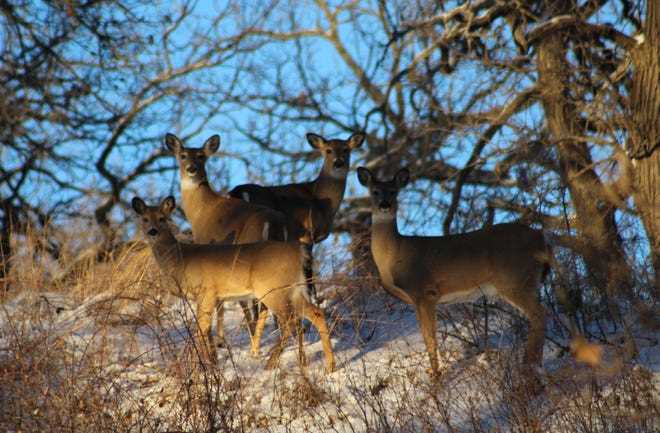
During the small game season in Minnesota, hunters must adhere to certain equipment restrictions in order to ensure a fair and safe hunting experience. These restrictions include:
- Only shotguns, muzzleloaders, and rifles with a maximum caliber of .22 are permitted for small game hunting.
- Hunters are prohibited from using fully automatic firearms, explosive ammunition, or any other type of firearm that violates state law.
- Crossbows may not be used during the small game season, unless a hunter possesses a valid disability crossbow permit.
- Using dogs to hunt small game is allowed, but hunters must ensure that the dogs are well-trained and under control at all times.
These equipment restrictions are in place to protect wildlife and ensure a fair hunting experience for all participants. It is important for hunters to familiarize themselves with these regulations before heading out into the field.
Species in Focus
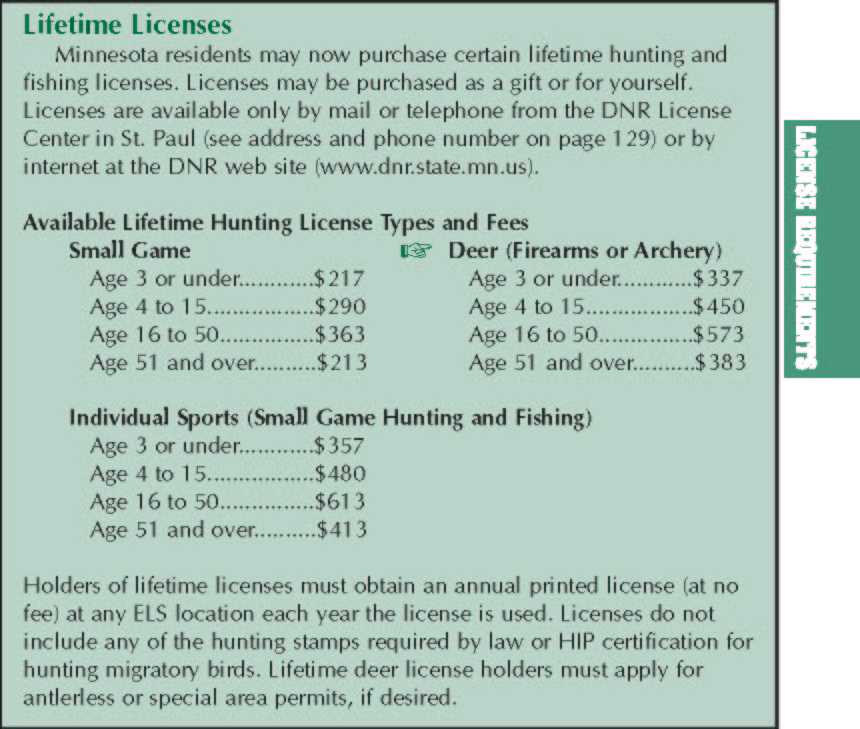
In Minnesota, small game hunting season provides hunters with the opportunity to pursue a variety of game species. From September to November, hunters can target small game such as squirrels, rabbits, grouse, and pheasants. Each species offers a unique hunting experience and requires a different approach.
Squirrels are abundant in Minnesota and are often targeted by hunters during the early season. They can be found in hardwood forests and are known for their agility and stealth. Rabbits, on the other hand, prefer dense cover such as brushy areas and fields with thick vegetation. Grouse hunting is popular in the northern part of the state, where hunters can explore vast tracts of public land. Lastly, pheasants can be found in agricultural areas and provide an exciting and challenging hunting experience.
Each species requires hunters to be mindful of specific hunting regulations and bag limits. For example, squirrel season in Minnesota runs from September to January with a daily bag limit of six. Rabbit season runs from October to February with a daily bag limit of five. Grouse season runs from September to January with a daily bag limit of five, and pheasant season runs from October to December with a daily bag limit of two.
It is important for small game hunters in Minnesota to familiarize themselves with the regulations and best practices for each species. This includes obtaining the appropriate licenses and permits, as well as identifying suitable hunting areas. Additionally, hunters should always prioritize safety and ethical hunting practices. By respecting the seasons, bag limits, and habitats of small game species, hunters can contribute to the preservation of these valuable resources for future generations.
Ruffed Grouse

The ruffed grouse is a popular game bird in Minnesota, known for its distinctive drumming sound during the mating season. The season for hunting ruffed grouse in Minnesota typically begins in September and runs through the end of December. Hunting these birds can be a challenging and rewarding experience for both novice and seasoned hunters.
When hunting for ruffed grouse, it’s important to be familiar with regulations set by the Minnesota Department of Natural Resources (MN DNR). These regulations dictate the specific hunting dates, bag limits, and other important guidelines for the season. It’s crucial to always stay informed about any changes or updates to the regulations to ensure compliance.
The MN DNR encourages hunters to hunt responsibly and ethically. This includes respecting the limits on bagging game, hunting in designated areas, and ensuring that the population of ruffed grouse remains healthy and sustainable. It’s also important to follow safety guidelines while hunting, such as wearing blaze orange for visibility and being aware of other hunters in the area.
When it comes to hunting tactics, there are a few strategies that can increase your chances of success. Ruffed grouse are often found in areas with dense cover, such as young forests and thickets. They are known for their ability to camouflage, so keeping an eye out for their distinctive shape and coloration is key.
One effective approach is to walk slowly and quietly through suitable habitat, listening for the sound of drumming or the flutter of wings. Ruffed grouse are elusive birds, but they may flush into the air when startled. Being prepared to take a shot quickly and accurately is essential.
Another tactic is to utilize hunting dogs trained specifically for ruffed grouse. These dogs possess an excellent sense of smell and can help locate birds hidden in the underbrush. They can also retrieve downed birds, making the hunting experience more efficient and enjoyable.
Overall, ruffed grouse hunting in Minnesota can be a challenging yet rewarding endeavor. Following regulations, practicing ethical hunting techniques, and utilizing effective strategies can lead to a successful outing and a delicious meal.
Squirrel
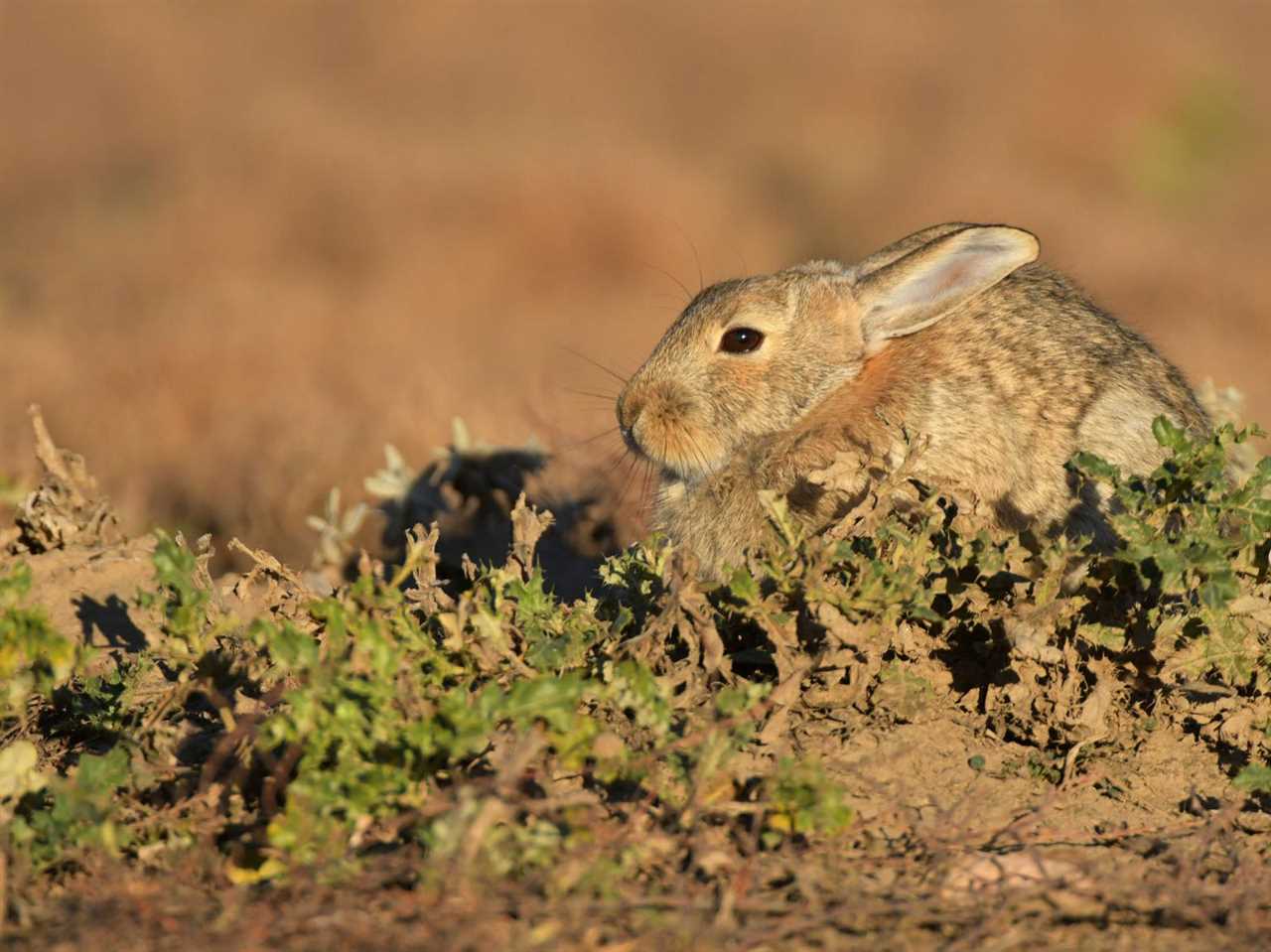
Squirrel hunting is one of the most popular small game activities during the hunting season in Minnesota. With their abundant population and challenging hunting techniques, squirrels provide a thrilling experience for hunters of all ages and skill levels.
The squirrel hunting season in Minnesota typically opens in early September and runs through the end of February. However, it’s important to check the current year’s hunting regulations for specific dates and any changes that may have occurred.
When hunting squirrels, it’s essential to dress appropriately for the ever-changing weather conditions. Layered clothing is recommended to stay warm during early morning hunts and shed layers as the day warms up. Additionally, wearing camouflage clothing can help hunters blend in with their surroundings, making it easier to get close to the squirrels without detection.
It’s also important to use the right equipment for squirrel hunting. A small caliber rifle, such as a .22 or a shotgun, is commonly used. Additionally, using squirrel calls and decoys can help attract squirrels and improve hunting success. However, it’s crucial to practice proper firearm safety and ensure that all local regulations regarding hunting firearms are followed.
When hunting squirrels, one common technique is still hunting or stalking. This involves moving slowly and quietly through the woods, pausing frequently to observe any movement or sounds indicating the presence of squirrels. It’s important to scan the treetops, as squirrels are known for their ability to remain hidden among the branches.
If hunting with a group, another effective method is to have one person flush the squirrels out of their hiding spots while others wait in strategic locations to shoot them as they emerge. This technique requires careful coordination and communication to ensure everyone’s safety.
It’s also important to be patient and persistent while squirrel hunting. Squirrels are quick and agile, making them challenging targets. Taking time to wait for a clear shot and practicing proper aim will increase the chances of a successful hunt.
After a successful hunt, it’s crucial to properly handle and clean the harvested squirrels. This includes field dressing the squirrels and ensuring they are kept cool to maintain the quality of the meat. Additionally, following all local regulations regarding the transport and processing of game animals is essential.
Squirrel hunting in Minnesota is not only a great way to enjoy the outdoors but also provides an opportunity to develop and practice valuable hunting skills. By following the small game season dates and regulations, using the right equipment, and employing effective hunting techniques, hunters can have a rewarding and enjoyable squirrel hunting experience.
Rabbit
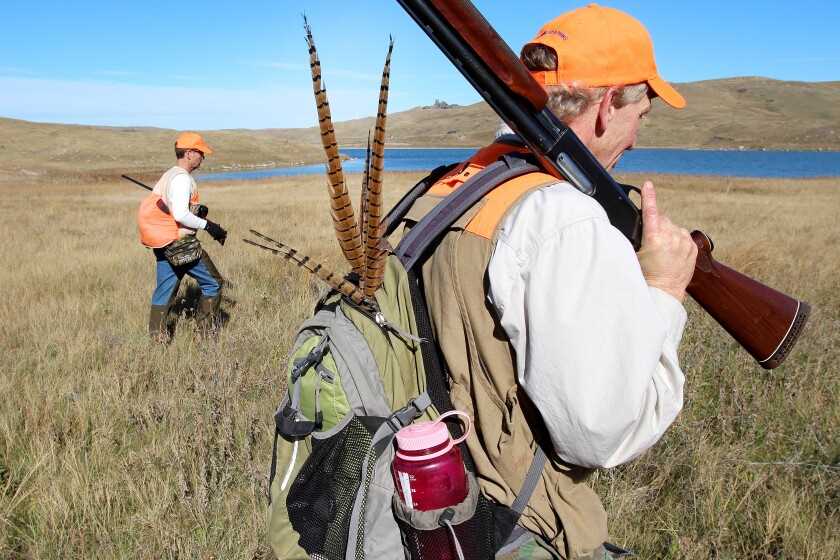
Rabbits are a popular small game species in Minnesota. They can be found throughout the state and are a favorite target for many hunters. The rabbit hunting season in MN typically runs from early September to the end of February, providing ample opportunities for hunters to pursue these small game animals.
Rabbit hunting requires keen eyesight and patience. Rabbits are known for their quick movements and excellent camouflage, making them a challenging target. Hunters should scout for rabbit habitats, such as thickets, shrubs, and brush piles, where rabbits seek cover and food. Additionally, hunting with a well-trained dog can greatly improve the chances of success, as the dog can track the rabbits and flush them out of their hiding spots.
When hunting rabbits, it’s important to always follow MN small game regulations. This includes obtaining the necessary licenses and permits, adhering to daily bag limits, and using appropriate hunting methods. The use of dogs and shotguns is common in rabbit hunting, but hunters should always be mindful of safety and respect for the land and other hunters.
Rabbit hunting can be a fun and rewarding experience in Minnesota. Whether you’re an experienced small game hunter or new to the sport, the state offers a diverse habitat and ample opportunities to pursue these game animals. So grab your gear, study the regulations, and head out for a thrilling rabbit hunting adventure in MN!
Best Hunting Techniques
When it comes to hunting small game in Minnesota, there are several techniques that can increase your chances of a successful hunt. Here are some of the best hunting techniques to consider:
- Scouting the Area: Before heading out to hunt, spend some time scouting the area to familiarize yourself with the terrain and identify potential hunting spots. Look for signs of small game activity such as tracks, droppings, and feeding areas.
- Use the Right Gear: Having the right gear is crucial for a successful hunt. Make sure you have the appropriate firearms, ammunition, and hunting gear for the game you are targeting. Additionally, consider using camouflage clothing and scent control products to increase your chances of remaining undetected.
- Decoy and Call: Using decoys and calls can be an effective way to attract small game. Set up decoys that mimic the species you are hunting, and use calls to imitate their vocalizations. This can draw them in closer, giving you a better shot opportunity.
- Be Patient and Observant: Small game hunting requires patience and keen observation skills. Stay still and quiet, and closely observe your surroundings for any signs of movement or activity. Small game can be quick and elusive, so being patient and observant can greatly increase your chances of a successful hunt.
- Hunt during Optimal Times: Small game is often most active during early morning and late afternoon. Plan your hunts during these times to take advantage of their peak activity periods. Additionally, consider hunting on days with favorable weather conditions, as this can also increase your chances of success.
By utilizing these techniques and strategies, you can improve your small game hunting success in Minnesota. Remember to always follow the state’s hunting regulations and practice ethical hunting practices. Good luck and happy hunting!

A skilled hunter, dedicated conservationist, and advocate for ethical practices. Respected in the hunting community, he balances human activity with environmental preservation.
